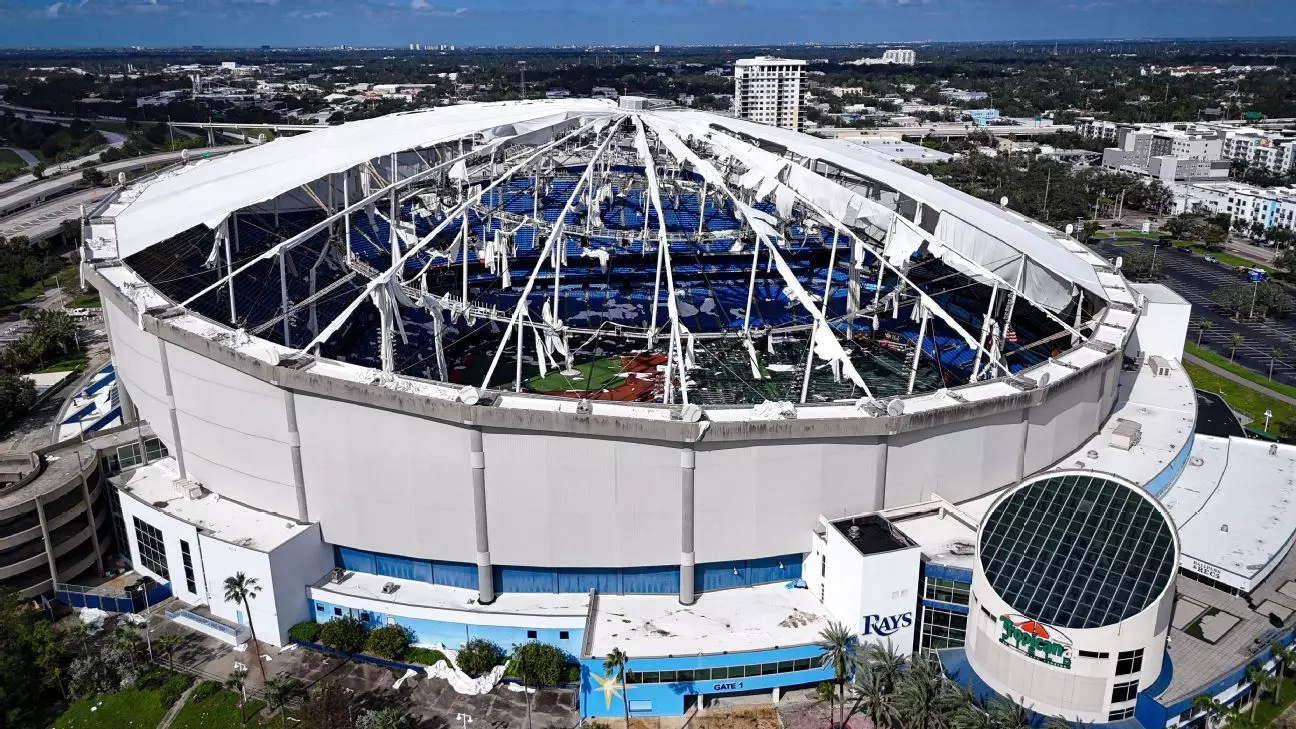In recent discussions surrounding the Tampa Bay Rays, principal owner Stuart Sternberg has indicated that the fate of a proposed $1.3 billion stadium remains undecided. Located in the Historic Gas Plant District, the new facility is intended to replace the aging Tropicana Field, which has served the team since its inception. Initial excitement surged last summer when the announcement of the deal was made, but uncertainties have plagued the project ever since. Local government bodies had previously approved bond sales to support the venture, yet delays have put the entire initiative in jeopardy. It begs the question: what are the underlying reasons for the stalling of such a pivotal project for the Rays and their community?
The financial obligations tied to the new stadium have become a point of contention. The Rays are tasked with contributing a minimum of $700 million, in addition to covering any unexpected cost overruns. As construction timelines slip, it becomes increasingly apparent that the team could face substantial financial risk by missing certain deadlines. Sternberg acknowledged this precarious situation, stating that the franchise must make a decisive choice well before the looming deadline of March 31. Missing this deadline could effectively nullify the public financing aspect of the project, significantly jeopardizing the stadium’s viability. The situation has raised eyebrows and led to frustration among local officials, highlighting the increasing pressure on the team.
The Rays’ long-standing home, Tropicana Field, is no stranger to criticism. The stadium has been labeled outdated and is witnessing declining fan engagement; last season, the Rays averaged just over 16,000 fans per game, ranking among the lowest in the majors. Compounding these issues is the recent damage the stadium sustained during Hurricane Milton, rendering it unplayable by 2025. Consequently, the team is being forced to look elsewhere, as they plan to utilize the New York Yankees’ spring training facility in Tampa for the upcoming season. This presents a myriad of logistical challenges for both the stadium team and its loyal fanbase.
The mounting tensions around the stadium project not only concern ownership but also resonate within the local community. Commissioner Chris Latvala’s sharp remarks urging Sternberg to “sell the team” reflect a broader discontent regarding how the franchise is being managed and the implications for the city. Fans and officials alike feel strain as they grapple with a situation that could either enhance or hinder their local sports culture. There’s a palpable fear that continued delays could alienate a fanbase that is already struggling to engage with the team.
As the Tampa Bay Rays stand at this critical juncture, the forthcoming decisions will ultimately shape the future of both the team and its community. With financial obligations mounting and uncertainty shrouding the stadium’s development, it is essential that Sternberg and the Rays’ management respond decisively. The stakes are high, not only for the franchise but also for the fans and local officials who are invested in seeing the team thrive both on and off the field. As the deadline approaches, all eyes will remain glued to the Rays, awaiting a resolution to an ongoing saga that has captured the interest of many.

